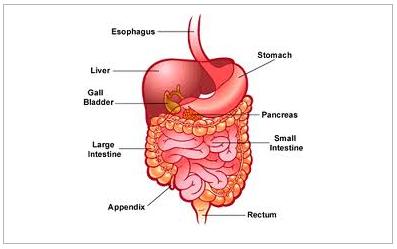The Longest Medical Word

Today, we will know about an interesting medical term in medical language. This post is just to know about a different thing in the medical language, though this word is used very rarely in our day-to-day medical transcription work. The longest medical word is "Pneumonoultramicroscopicsilicovolcanoconiosis"!!!!!. Can you read at least Pneumonoultramicroscopicsilicovolcanoconiosis. Now, we will see the meaning of this word. To know the meaning shall we split the word by word. Okay. 1. Pneumono 2. Ultramicrosopic 3. Silico 4. Volcano 5. Conosis. So, Pneumonoultramicroscopicsilicovolcanoconiosis comprises of 5 medical words and in combination, they give a meaning of a certain kind of disease condition related to lungs. Now, we will see the meaning of each to get the combined understanding of the longest medical word. Pneumono means lungs, ultramicroscopic - means minute, silico means silicon, volc...



